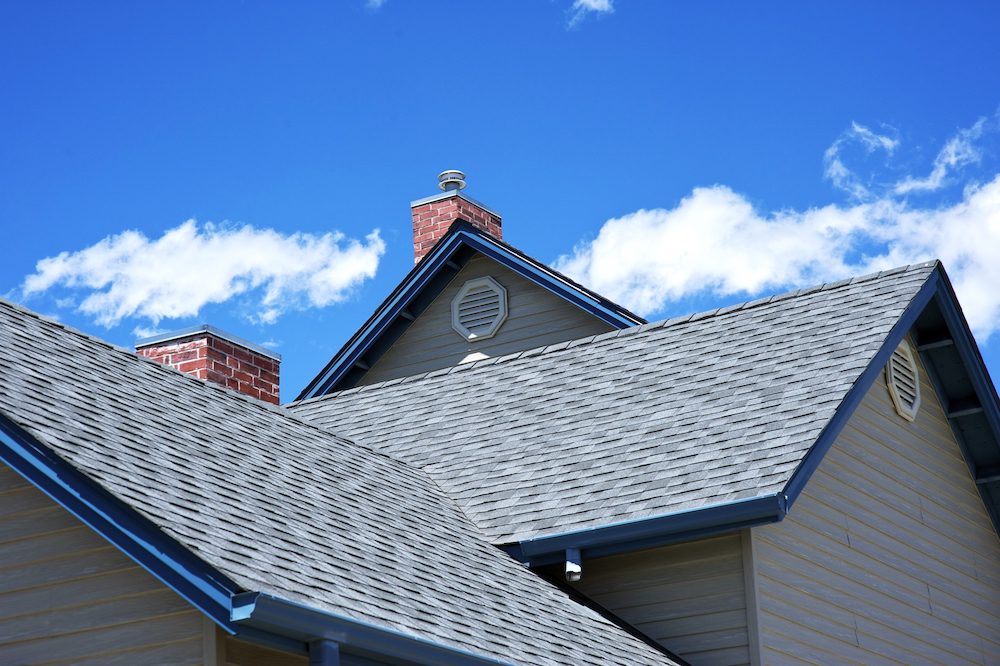Roofing Components
Each component of a roof plays an important role in its stability, strength or aesthetics. It is important to insist on quality materials and monitor your roof for any signs of damage or wear.
Framework
The first step in building any roof is the framework, or structural components. The framework gives the roof its structure and shape and helps support the roof sheathing. The structural components include the rafters, ridge boards, trusses and collar beams. The rafters and trusses connect to the ridge board at the peak of the roof, and the collar beams run width-wise, connecting the rafters on each side to form a strong framework. The ends of the rafters are covered with a material sheathing, referred to as fascia. For residential roofs, rafters and trusses are typically made from wood, but commercial buildings will sometimes utilize metal rafters and trusses. The shape, slope and configuration of the framework are very important as they influence drainage and help ensure that excess water accumulation can be easily released from the roof.

Roof Sheathing or Decking
The decking, or roof sheathing, forms the foundation for the rest of the roof. Decking panels are made from wood, plywood or waferboard. Roof decking is designed to bear a heavy load and is one of the most critical parts of a roof since it contributes to the overall stability of the home.
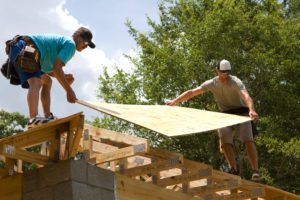
The Underlayment
The underlayment is a protective layer that is added on top of the decking. The recommended materials for the underlayment vary based on climate, but it can be made of synthetic materials, felt or rubber. Some people call the underlayment “tar paper”, but this is just because of its appearance. The underlayment provides waterproofing and insulation. Installing an additional vapor barrier or waterproofing membrane alongside the underlayment will further increase the life of the roof. An insulating underlayment can help the home retain heat on cold days, and prevent extreme heat from seeping into the home on hot days. A poorly insulated home may be subject to higher energy bills, uncomfortable temperatures and even interior damage.

Battens or Lath
Depending on the type of roof covering, it is sometimes necessary to add evenly spaced horizontal and/or vertical strips of wood or metal, called battens or lath, to the underlayment. The battens help ensure secure installation of certain types of roof tiles and shingles.
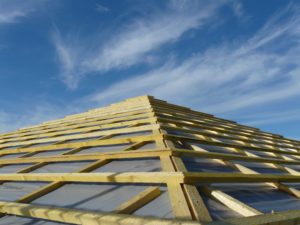
Flashing
Rust-proof steel flashing is installed in areas that are highly prone to water collection, as along the roofs hip and valleys and around the chimney. Flashings help provide protection from water runoff by directing the water away from the interior of the roof so that it can exit through the gutters or downspouts. Flashings that become worn or damaged, should be replaced immediately.
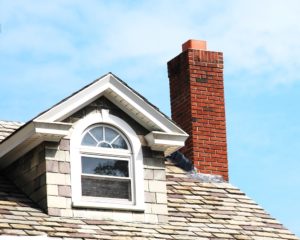
Vents
The ventilation of a roof is important to prevent structural damage. Without adequate ventilation, moisture and condensation can accumulate and lead to mold and rot. Properly placed vents help a roof breathe. Depending on the roof, it may be most appropriate to use a ridge vent. In other cases, soffit vents may be used under the eaves of the roof.
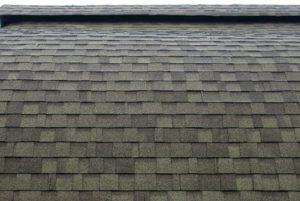
Roof Coverings
A wide variety of roof covering materials are available, such as: asphalt shingles, cedar shake shingles, slate roofing and copper roofing. Roof coverings serve as the outer protective layer for the roof and can also add to the home’s aesthetics. A qualified roofing expert can help determine the best roofing options based on the style of the home, the owner’s personal preferences and budget.
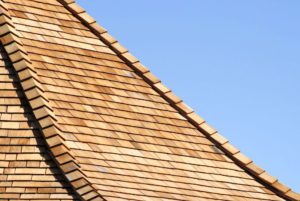
Fasteners
Roof coverings are attached to the underlayment and decking with fasteners. The fastener material varies based on the roof covering. Generally, roofing nails are used for asphalt shingles, cedar shakes and slate shingles and metal fasteners are used for tile roofs. Some roofing materials are even adhered with a special glue or bonding adhesive.

Drainage Components
While the flashing helps prevent water from accumulating on the roof, the gutters, drip edges and downspouts help carry the water away from the roof and direct it away from the home’s foundation. Often a splash block will be placed underneath a downspout to help prevent the water from pooling up.
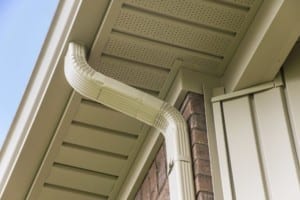
Consult With A Trusted Roofing Expert
Whether you are repairing or replacing your roof, partner with a local roofing expert to complete your project. There are many roof styles and material options to consider, and you should not have to sacrifice quality for affordability. Alte Exteriors is a family owned and operated, second generation roofing company. Contact us today for a roofing estimate in Central or Northern New Jersey.
